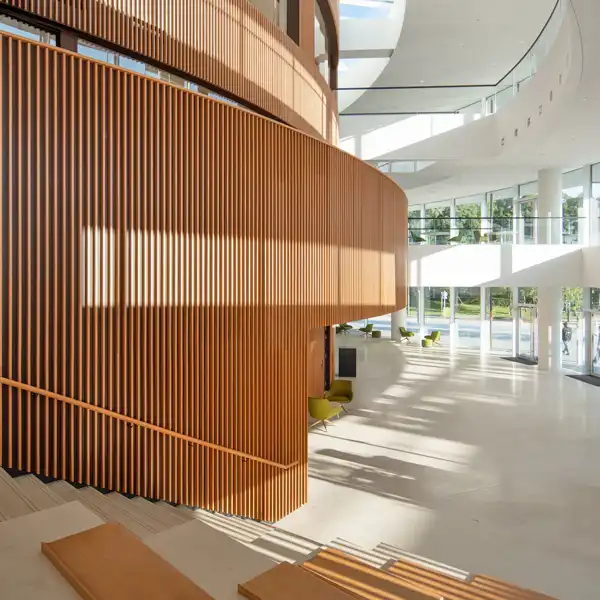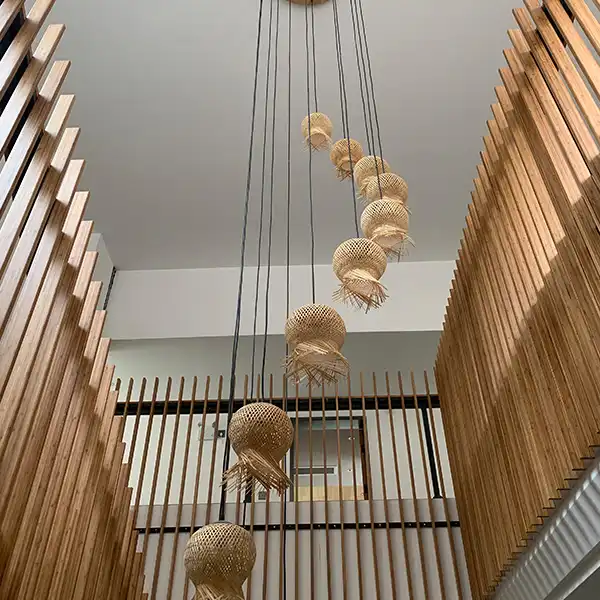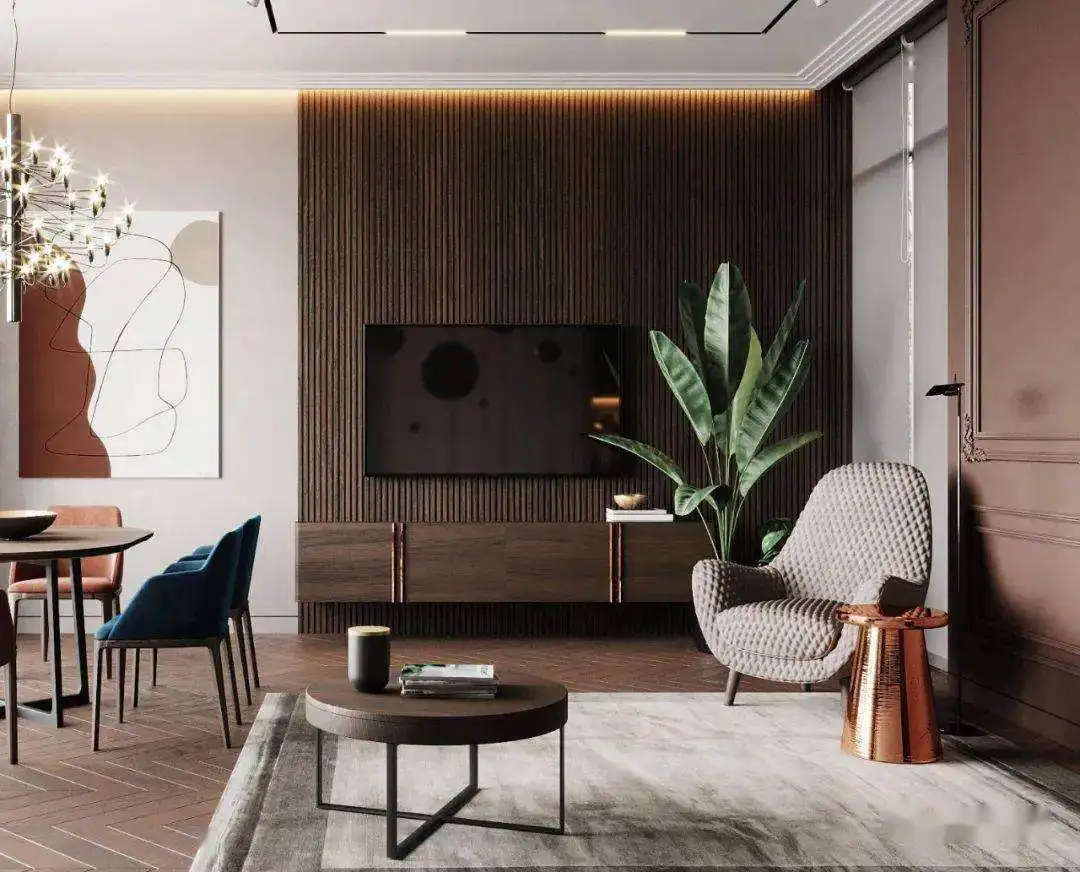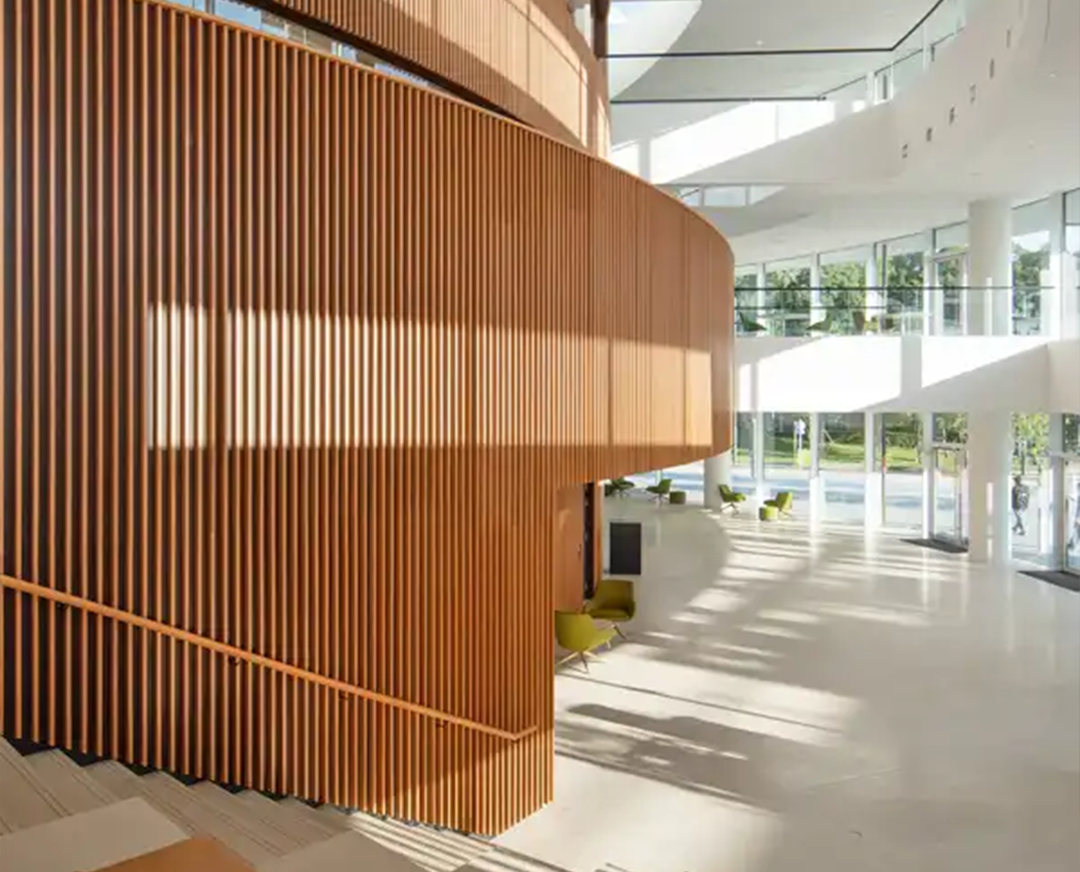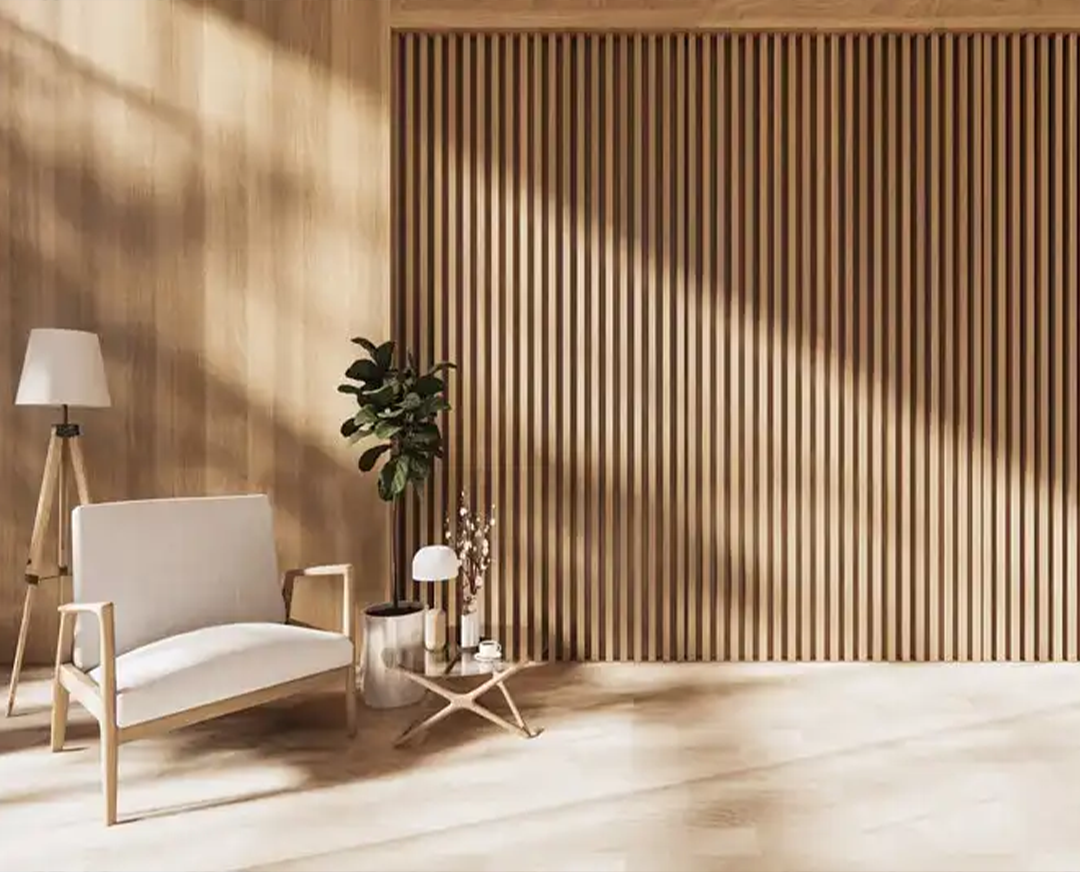Introduction to wpc wall cladding
WPC wall cladding, also known as wood-plastic composite wall panels, are a popular material in the home decoration industry! For outdoor installations, especially wall installations, it has become an ideal material due to its advantages.
Advantages of wpc wall cladding
One of the biggest advantages of WPC wall cladding is its durability. Unlike other outdoor materials, it can withstand hot, cold, windy and even wet weather conditions. It also resists decay and decay. With this feature, homeowners won’t have to worry about expensive maintenance and repairs in the future.
Another advantage of WPC wall cladding is that it resists UV rays. Compared to other materials, it won’t fade or discolor over time. It retains its colour, texture and quality, keeping walls looking brand new long after installation.
WPC wall cladding is also environmentally friendly. It is made from a combination of recycled plastic and wood fibers, making it sustainable and promoting environmental protection. Therefore, it is a popular choice for homeowners who want to minimize their carbon footprint while enjoying the benefits of an outdoor installation.
Additionally, WPC wall cladding is easy to install. It requires no specialized tools, equipment or expertise. Homeowners can do it themselves with the help of an installation manual or instructional video. The material is lightweight and easier to transport and handle, reducing the time and effort required for installation.
All in all, WPC wall cladding is an excellent alternative to traditional materials used in outdoor wall installations. Advantages include durability, UV resistance, environmental protection and ease of installation. Using this material, homeowners can enjoy a long-lasting installation without having to worry about maintenance or repairs.
If you are considering an outdoor wall installation, consider using WPC wall cladding. It is the best material on the market today!


